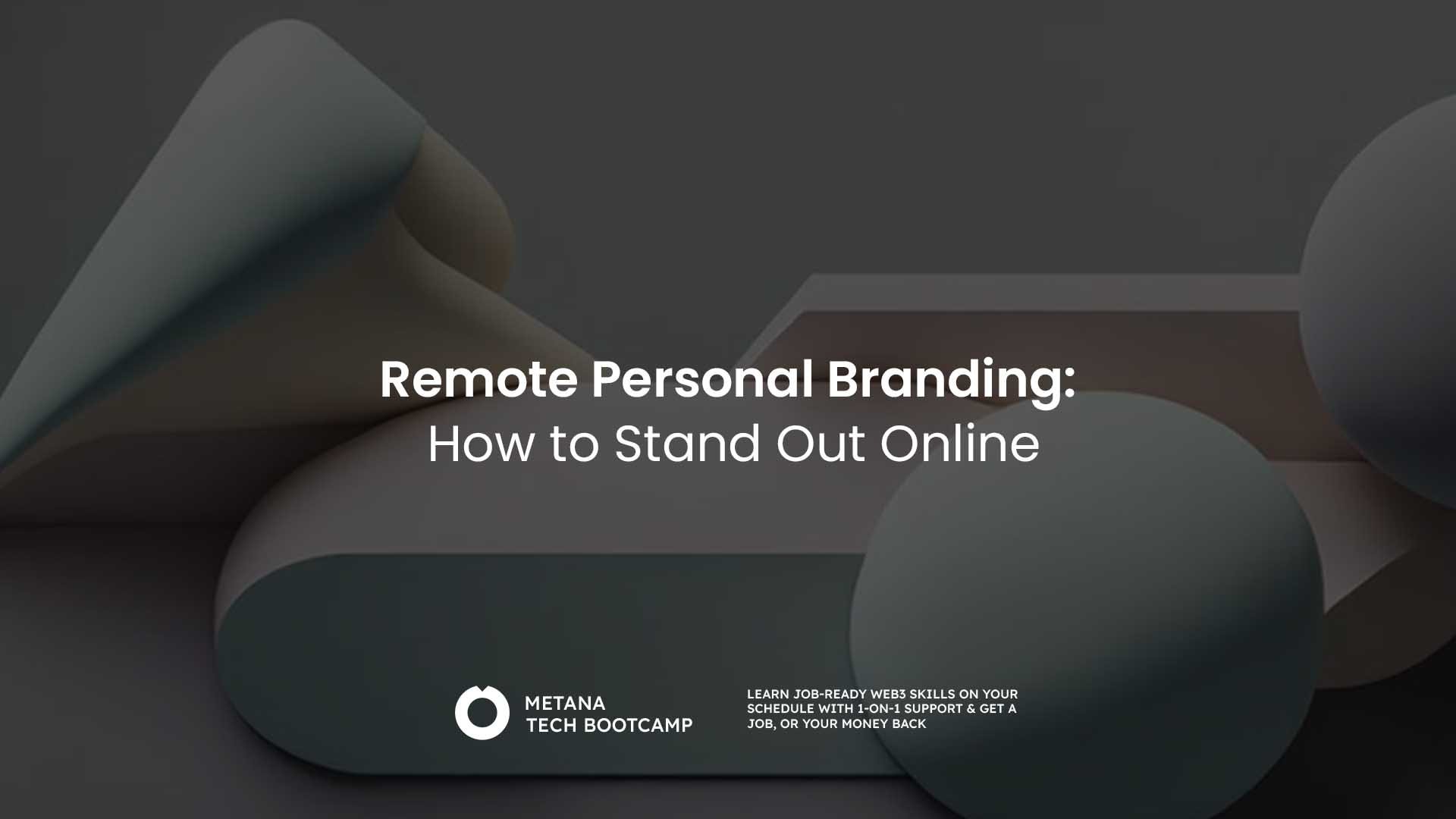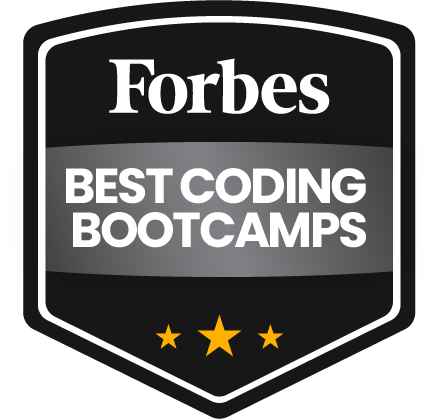TL;DR
Your personal brand is your online identity, helping you stand out in the competitive remote job market.
Key Steps:
- Define Your Niche – Identify your skills & career goals.
- Build Your Online Presence – Optimize LinkedIn, use Twitter, blogs, or a website.
- Share Content – Post articles, videos, and engage in discussions.
- Network & Collaborate – Join events, podcasts, and mentor others.
- Collect Testimonials – Get recommendations from clients & colleagues.
- Monitor & Improve – Track engagement and refine your strategy.
Final Thought:
A strong online presence builds trust, visibility, and opportunities—start today.
In today’s digital world, your personal brand is like your online business card. Whether you’re a freelancer, entrepreneur, or remote worker, having a strong online presence is essential for career growth. Remote personal branding helps you showcase your skills, values, and strengths so you can stand out in a competitive job market.

Think of your personal brand as your digital identity—how others see you online. In the remote work world, your brand reflects:
- Your career journey and expertise
- Your achievements and contributions
- Your professional values and goals
- What makes you unique
- Your communication style and personality
A well-crafted personal brand makes it easy for people to understand who you are and why they should connect with you.
Why Remote Personal Branding Matters
Your online brand shapes how people see your skills and credibility. It builds trust, increases your visibility, and helps you attract opportunities.
With 98% of workers wanting remote options, competition is fierce. Remote and hybrid jobs now get seven times more applicants than traditional in-office roles. A strong personal brand helps you stand out from the crowd and boosts your chances of success.
Steps to Build a Strong Remote Personal Brand
1. Define Your Niche and Goals
Before you start branding yourself, figure out what makes you unique and what you want to achieve. Ask yourself:
- What are my top skills and strengths?
- Who is my target audience?
- What are my career goals?
Write a short personal branding statement that explains who you are, what you do, and who you help.
2. Build Your Online Presence
Your online presence is like your digital portfolio. Here’s how to improve it:
a) Optimize Your LinkedIn Profile
- Use a clear, professional photo and an attention-grabbing headline.
- Write a concise summary that highlights your skills and achievements.
- List your experience, skills, and endorsements.
- Engage in LinkedIn Groups, post updates, and connect with professionals.
b) Expand to Other Platforms
- Twitter/X: Share industry insights and engage in discussions.
- Instagram & Facebook: Show behind-the-scenes glimpses of your work.
- Quora & Reddit: Answer industry-related questions to showcase expertise. Or partner with experts like Growth Partners Media to manage your brand on forums.
- Personal Website or Blog: A website helps display your work, ideas, and achievements.
3. Share Your Expertise with Content
One of the best ways to build credibility is by sharing valuable content, and using tools like Content Planning Software can help you organize, schedule, and deliver that content consistently. Try:
- Writing blog posts and LinkedIn articles.
- Posting videos, webinars, or live Q&A sessions.
- Contributing to podcasts, guest blogs, or industry publications.
- Sending newsletters with helpful insights.
4. Network and Collaborate
Networking is more than just adding contacts. Build meaningful relationships by:
- Attending virtual events and webinars.
- Writing guest posts or appearing on industry podcasts.
- Finding a mentor or mentoring others.
- Working on joint projects to showcase your expertise.
5. Collect Testimonials & Recommendations
Social proof is powerful. Ask for testimonials from:
- Clients, colleagues, or mentors
- LinkedIn connections who know your work
- Industry professionals who can vouch for you
6. Monitor and Improve Your Online Reputation
Your digital presence isn’t static—keep improving it. Set up Google Alerts to track mentions of your name, review engagement on your content, and use tools like LinkedIn analytics to refine your strategy. You can also use AI-powered comment moderation tools such as CommentGuard to automatically hide spam or harmful comments on Facebook and Instagram, helping protect your professional image.
Essential Tools for Personal Branding
These tools can help you create and maintain a strong remote personal brand:
- Website & Portfolio: WordPress, Webflow, Wix, or Carrd
- Social Media Management: Buffer, Hootsuite, or Sprout Social
- Content Creation: Kittl, Canva, Adobe Spark, or Descript
- SEO & Analytics: Google Analytics, Ahrefs, or SEMrush
- Networking & Communication: LinkedIn, Slack, Discord, and Zoom
Your remote personal brand is your digital handshake—it introduces you to the world and opens doors to new opportunities. Whether you’re looking for remote work, freelance gigs, or thought leadership, crafting a strong online presence is key.
By defining your niche, optimizing your digital footprint, sharing valuable content, and building meaningful connections, you can develop a personal brand that sets you apart.
FAQs
What is remote personal branding?
- Remote personal branding is the process of building an online presence that showcases your skills, expertise, and personality to stand out in the digital world.
Do I need a website for personal branding?
- Not necessarily, but having a website helps establish credibility and serves as a central hub for showcasing your work.
How often should I post content?
- Consistency is key. Aim to post at least once a week on LinkedIn, Twitter, or your blog.
Can I build a personal brand without social media?
- Yes, but social media helps you reach a larger audience. If you prefer not to use it, consider guest blogging or speaking at virtual events.
How long does it take to see results?
- Building a personal brand is a long-term effort. With consistent effort, you can start seeing results within 6-12 months.








